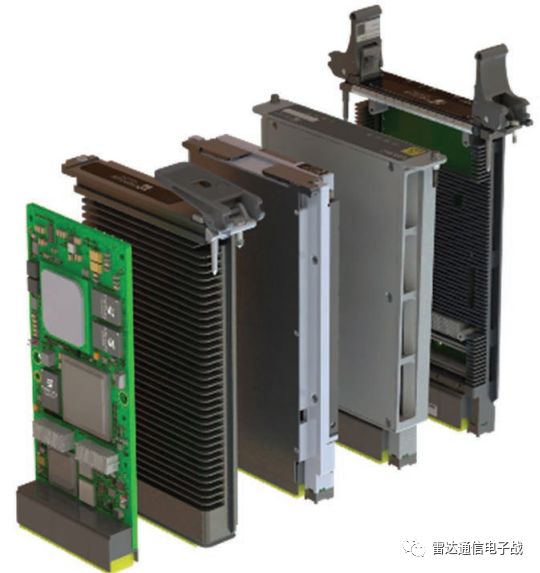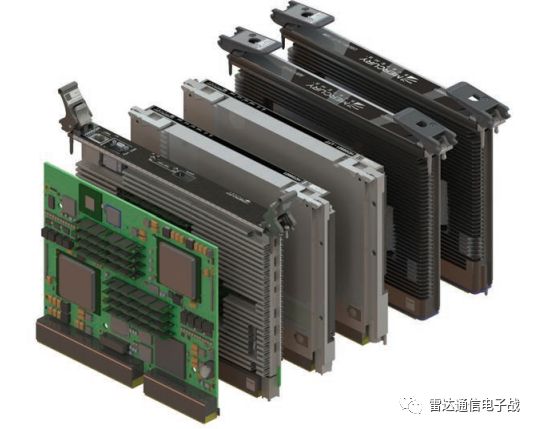
Source:Radar Communication Electronic Warfare Author: Zhou Libo
Artificial intelligence is redefining decision-making and response capabilities, creating an environment where whoever possesses artificial intelligence holds global influence.
Countries and regions are deploying intelligent machines and other cognitive attack capabilities utilizing artificial intelligence in an attempt to enhance their global influence at the onset of a new era of warfare while undermining the global influence of other nations.The new era of warfare will utilize artificial intelligence and adopt reasonable and widely applicable technologies.
Recognizing that other countries are striving for dominance in artificial intelligence, military leaders are responding to the risks this situation poses to national defense and global political positioning.

As Mary Miller (Acting Assistant Secretary of Defense for Research and Engineering) stated to the House Armed Services Committee in March 2018, “Formulating a new artificial intelligence strategy is a priority. Machine learning and human-machine collaboration are the main components of the ‘Third Offset’ strategy, which responds to concerns of the U.S. military currently facing risks of being constrained in technological advantages by potential adversaries, including Russia and China.”
Robust, Smaller, Better Cooling
For decades, the convergence of capabilities has formed artificial intelligence, with various mainstream digital technology trends converging to a tipping point:Moore’s Law, big data and cloud computing, the Internet of Things, and the advancements brought by smart autonomous driving have created a common convergence and mature environment for artificial intelligence and machine-assisted computing.
Military-grade artificial intelligence hardware is more robust, smaller, and has better cooling capabilities; as applications of artificial intelligence expand, they will no longer be confined to data centers.With reduced processing capabilities, lower power requirements, and increased robustness, artificial intelligence applications will increasingly serve smarter and more powerful military platforms and missions.
Modern military-grade electronic packaging technology can reduce system size through system-in-package and wafer stacking technologies, thereby minimizing system volume.High-performance cooling systems effectively dissipate heat generated by these miniature, thermally dense embedded systems, enabling reliable, full-load deterministic processing.
Through reinforced manufacturing techniques, even the most powerful data center CPUs (central processing units), FPGAs (field-programmable gate arrays), and GPGPUs (general-purpose graphics processing units) can be securely mounted onto panels without considering their inherent interconnections.

Figure 1:A schematic diagram of a secure embedded artificial intelligence processing system construction module.The reinforced embedded artificial intelligence processing card complies with the 3U OpenVPX open system architecture (ANSI/VITA 65) and can serve as a card for ground, aerial, and maritime deployments with air cooling, conduction cooling, or liquid cooling.
Modern military-grade electronic packaging technology has matured significantly, allowing capabilities akin to data centers to be miniaturized into smaller forms, including OpenVPX (ANSI/VITA standard), which is a high-performance rugged open system computing architecture widely adopted in defense projects.
Artificial intelligence creates a neural network through secure and trustworthy artificial intelligence algorithms, considered a computer data representation of the human brain.This neural network is trained using data to become “intelligent.” In defensive artificial intelligence systems, the data used for training is often sensitive or classified.In such cases, secure systems are required.

Figure 2:Secure embedded artificial intelligence processing system construction module:Reinforced artificial intelligence processing cards embedded within various deployed modules comply with the 6U OpenVPX open system architecture (ANSI/VITA 65). These cards are approximately one-tenth the size of data center servers and can be either air-cooled or liquid-cooled using the same processors.
Neural Networks
Deploying artificial intelligence capabilities to gain tactical advantages faces hardware challenges, such as the frequent demand in defense applications for data centers to be small enough, lightweight, and power-efficient.Moreover, these processing resources should be ruggedized (for increased survivability) and operate in a cooled state (for reliability).For system integrity, reliability and security must be ensured, and the driving methods and flight safety of critical mission systems must be verified and proven.
Ultimately, neural networks are akin to a brain that has been educated on military intelligence, equipment, strategies, personnel, and any other knowledge common to military and intelligence agencies.While we are not yet at this level, we are moving in that direction.
A brain trained by artificial intelligence contains vast amounts of information or strictly controlled artificial intelligence-derived information.Protecting this information is crucial to ensure that the hardware and technology supporting this information are not influenced by all competitors.This is the intention behind embedded security and built-in reliability, integrating hardware, firmware, software, facilities, personnel access, and processors into a cohesive whole.
DO-254, DO-178
Autonomous driving is a significant application of artificial intelligence, as these algorithms can assist in detecting targets to avoid or follow them and perform operations without human intervention.Commercial and defense mobile platforms controlling their sensors require high reliability, determinism, and safety in operation.
Safe operation means that both hardware and software exhibit high determinism and reliability.Such systems can rely on appropriate modifications of input and application parameters.By design assurance level (DAL) certification, including DO-254 certification for hardware and DO-178 certification for software, different levels of reliability and critical functionality operation are verified.
If a module/system cannot be loaded after design, it will be challenging to achieve these certifications.High-level safety arguments are necessary before allowing autonomous vehicles on the road.
Embedded Platforms, Deployed Anywhere
Artificial intelligence is breaking free from the confines of data centers and being embedded into all types of platforms, including military platforms.Meanwhile, adversaries are widely implementing espionage, malicious actions, and missions in the field of artificial intelligence technology to gain a technological advantage.Adversaries view artificial intelligence not only as a force multiplier and tactical differentiator but also as a means to achieve a balance of power.
To mitigate these challenges, modern militaries must develop and deploy better artificial intelligence capabilities to execute various defensive and offensive missions.To achieve this, the most effective and practical approach is to leverage existing artificial intelligence IP from the commercial sector and prepare it for military applications.
Modern defense prime contractors are developing the necessary capabilities and technologies to embed artificial intelligence processing power into tactical advantages.Through system miniaturization and new military-grade packaging, optimal compatibility between commercial data center technology and defense applications can be achieved.These companies enable artificial intelligence systems to be deployed anywhere through flight safety certification and embedded all-system safety arguments.
Simply put, securely and reliably deploying the best commercial data center artificial intelligence processing capabilities for tactical advantages will enable the execution of next-generation smarter military missions against increasingly experienced competitors with similar equipment.
Highlights from Military-Civil Fusion Observations
Top Ten Military Industrial Shipyards in China
Countdown to National Day Parade! The J-20 and 99A are not the main attractions; these pieces of equipment are the highlights!
Analysis of the 2018 World Military Industrial Top 100 Companies Ranking
35 Key Technologies That Restrict China!
Examining China’s Weapon Export System from the Top Ten Military and Civilian Trade Companies
American Military Giants Sanctioned by China Have These Involvements with China
2019 Annual Military Logistics Open Research Project Review Results Announcement
Eight Disruptive Technologies for Future Warfare
Top Ten Military Academies and Research Institutes and Companies in China